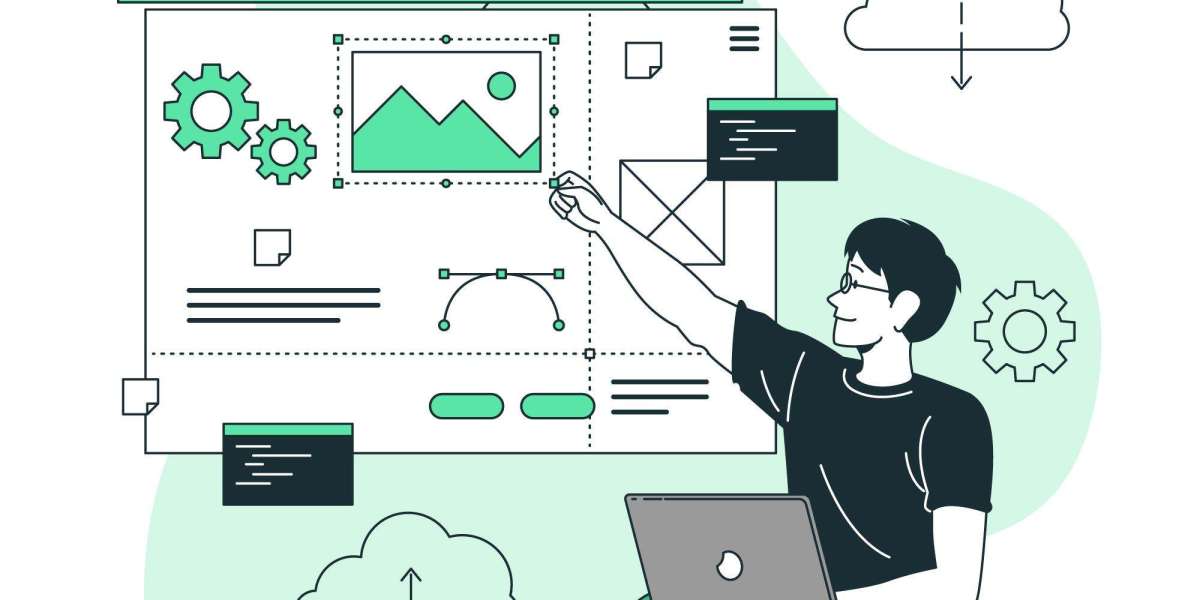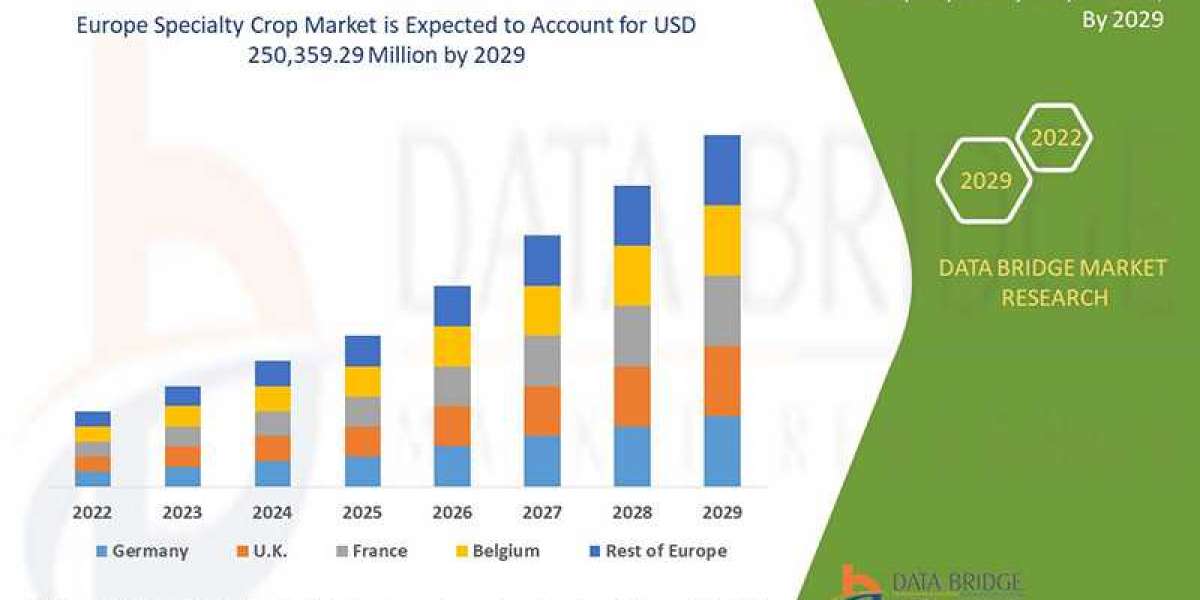The field of audio-visual installations is rapidly evolving with new technologies, methods and solutions emerging all the time. In this blog, we will explore some of the key trends that are likely to reshape how A/V systems are installed in the future. From new mounting and cabling techniques to integration with other smart systems, the installation process is being reinvented. Let's take a look at some of the most impactful changes on the horizon.
Advances in Cabling Infrastructure
One of the foundational aspects of any A/V installation is the cabling used to transmit audio, video and control signals. Traditional cabling methods using wires and connectors are giving way to more flexible and scalable wireless options.
Wireless Distribution Systems
Wireless distribution systems allow audio and video sources to be transmitted throughout a space without needing to run cables. Solutions like Bluetooth, WiFi and proprietary wireless protocols are maturing and providing high quality, low latency transmission comparable to wired networks. For retailers, public venues and other dynamic layouts, wireless makes installations much simpler by eliminating cable runs. As transmission speeds and bandwidth continue increasing, wireless will become a viable option even for large, complex A/V systems.
PoE Network Cabling
The widespread adoption of Power over Ethernet (PoE) networking standards is changing how A/V devices are powered and communicated with. Instead of separate power and signal cabling, PoE allows the transmission of power and data over a single Ethernet cable. This simplifies installations while future-proofing systems for new PoE powered devices. As higher power PoE standards roll out, an increasing number of speakers, displays and other gear will be PoE compatible, streamlining installations.
Interoperability and Integration
Improving connectivity between different systems and technologies will be a huge focus going forward. Customers want seamless control of all smart devices from unified interfaces. Installers need open platforms that integrate audio, video, lighting, security and other building automation.
Rise of Control System Agnosticism
In the past, integrating different systems meant ensuring compatibility between proprietary control platforms. But going forward, standards like AES70, ONVIF and others are fostering true interoperability so any device can be controlled by any controller. Installers will spend less time building custom integrations and more implementing best of breed solutions from various vendors.
Simplified User Interfaces
As part of improving general user experience, control interfaces will become simpler, more intuitive and customizable. Voice assistants, AR/VR interfaces and advanced programming wizards allow non-technical end users to configure and operate complex A/V systems with minimal training. Natural language commands and contextual assistance take the complexity out of the equation.
Automated System Configuration
Advanced programming functions will increasingly automate repetitive configuration tasks. Technologies like automatic device discovery and plug-and-play provisioning mean installers can spend less time on manual setup and more on custom programming. Self-healing networks and remote firmware updates further reduce on-site maintenance needs. Such automation streamlines installations while ensuring systems stay up-to-date.
Rise of Adaptive User Experiences
New intelligent DSP, scalable audio networking and sensor integration empower installations to dynamically adapt signal routing, EQ and more based on real-time usage scenarios. Interactive conferences sound different than scheduled presentations which require different tuning. Adaptive systems optimize audio quality based on room occupancy, content type and other variables for optimal experiences in any situation.
Building Integration and Analytics
Audio-visual technology continues fusing with other smart building systems for a truly connected experience. Tight integration with sensors, environmental controls, security systems and more opens up new possibilities for data-driven installations. Room and occupancy analytics can optimize resource usage while actionable insights from A/V usage data help facilities management. These integrated smart building solutions will fundamentally change how installations serve their functions.
Conclusion
In summary, trends like wireless distribution, PoE networking, interoperability between systems and natural user interfaces are simplifying the installation process. Automation, adaptability and analytics are bringing intelligence to A/V that streamlines configuration and management. As technologies converge, the capabilities of audio-visual solutions will expand while their implementation becomes more intuitive. This will allow installers to focus on custom programming rather than low level setup tasks. The future of A/V installations is integrated, intelligent and optimized for seamless user experiences. Exciting changes are ahead as new methods emerge for creating fully connected smart building ecosystems.
Read More:- https://avtechnologysworld.tumblr.com/post/736112402981060608/the-evolution-of-audio-visual-installation








